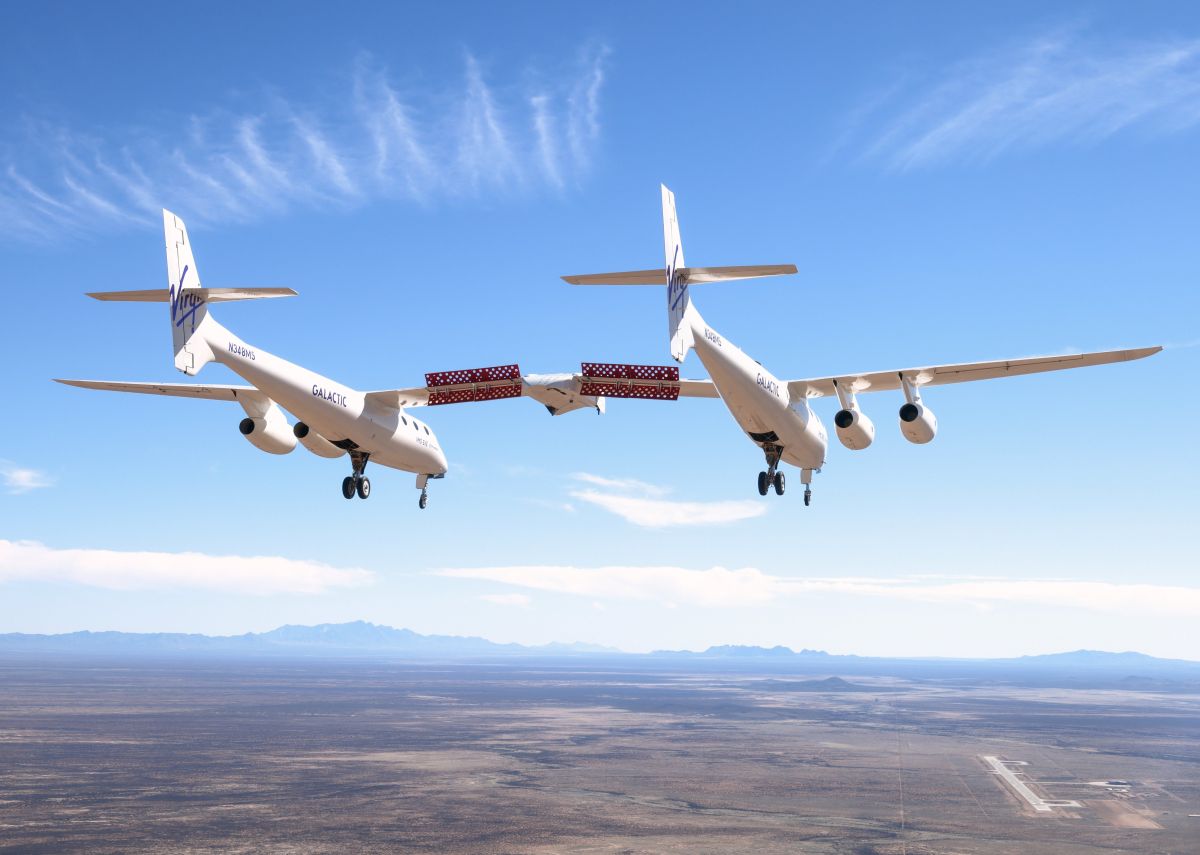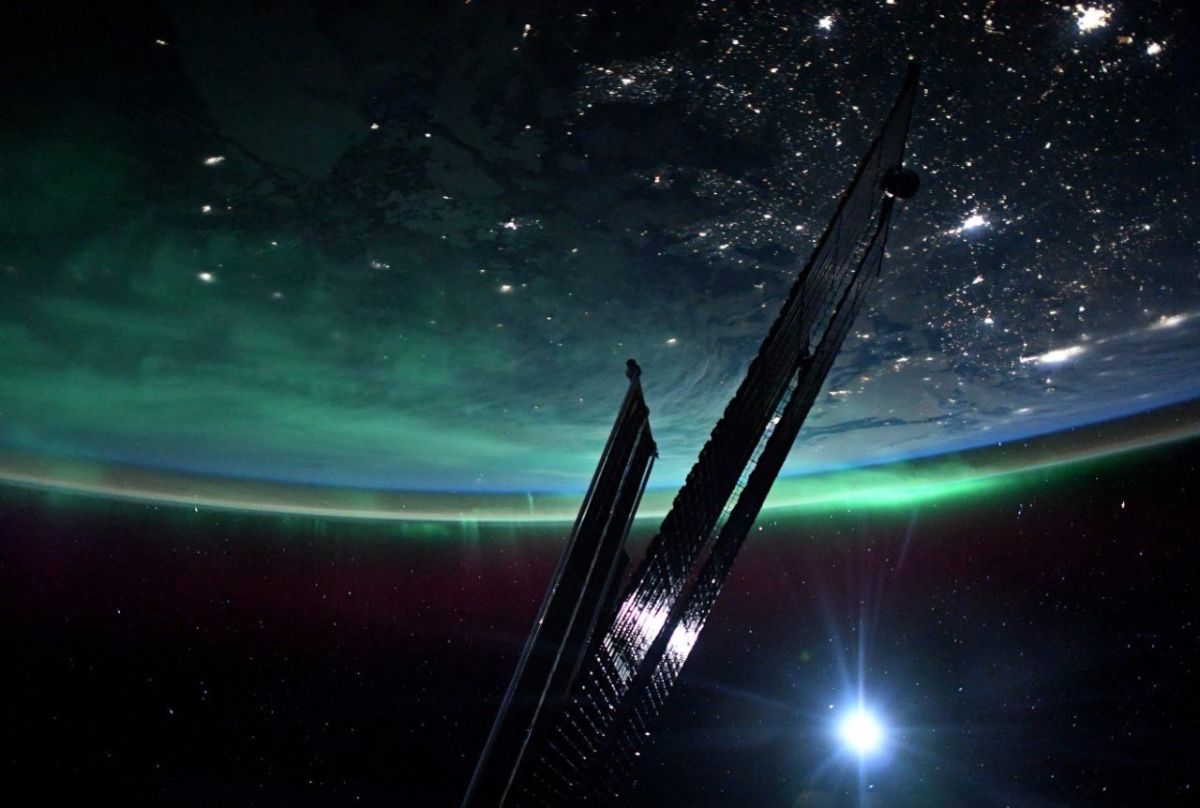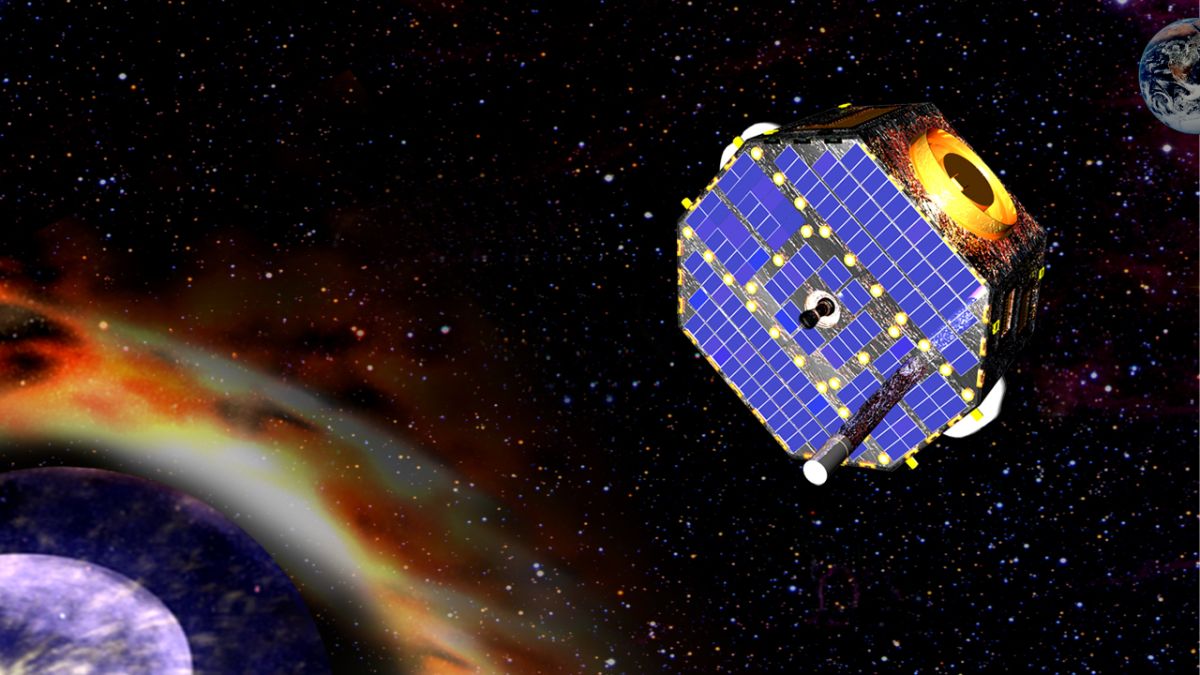China sent a secretive remote-sensing satellite named Horus 1 to orbit on Friday night (Feb. 23) as the country begins to ramp up its launch activity. A Long March 2C rocket lifted off from Jiuquan Satellite Launch Center in the Gobi Desert at 11:01 p.m. on Friday (0401 GMT; 12:01 p.m. Beijing time on Feb. 24). Insulation tiles fell away from the rocket as it rose into the sky before carrying Horus 1 into orbit. China’s main space contractor CASC announced (opens in new tab) launch success within an hour…
Read MoreMonth: February 2023
Virgin Galactic’s carrier plane flies back to New Mexico spaceport
Virgin Galactic’s carrier plane has come home again. On Monday (Feb. 27), the aircraft, called VMS Eve, flew from California’s Mojave Air and Space Port to Spaceport America in New Mexico, the hub of Virgin Galactic‘s commercial operations. Eve had been in Mojave, the site of Virgin Galactic’s manufacturing facility, since October 2021 (opens in new tab), when it flew there from Spaceport America to undergo extensive upgrade and maintenance work. So Monday’s sojourn, the plane’s second since that 2021 trip, served as a test flight as well as a…
Read More‘Absolutely unreal:’ NASA astronaut snaps amazing photo of auroras from space station
You don’t often see Earth’s dazzling auroras from this angle. NASA astronaut Josh Cassada just snapped a stunning shot of the light display from his perch on the International Space Station (ISS), which flies about 250 miles (400 kilometers) above Earth on average. “Absolutely unreal,” Cassada wrote by way of a caption for the photo, which he posted on Twitter (opens in new tab) on Tuesday (Feb. 28). Related: Where to see the northern lights: 2023 aurora borealis guide Cassada is far from the only skywatcher marveling at the auroras…
Read MoreNASA Awards Contract Supporting Langley’s Research, Science Services
NASA has awarded a contract to Analytical Mechanics Associates of Hampton, Virginia, for services to support NASA Langley Research Center’s research, engineering, and science services (RSES).
Read MoreWe need more rules for space junk and moon bases, NASA and US officials say
New space rules will need to come fast to support commercial space stations and moon settlements, and guard against swiftly-growing space debris. That was a key takeaway message NASA and other government departments delivered to the National Space Council’s (NSpC) users’ advisory group (opens in new tab), a set of representatives from industry, education and non-profit ventures that met Thursday (Feb. 23) in Washington, D.C. Feedback from these meetings could eventually be used to form space policy for Earth and moon exploration and beyond, given that U.S. Vice-President Kamala Harris…
Read MoreNASA’s SWOT water satellite suffers instrument shutdown in orbit
A joint NASA-French satellite designed to map Earth’s water in amazing detail is struggling to turn on an instrument during its setup in orbit. The Surface Water and Ocean Topography (SWOT) satellite‘s main science instrument, called KARIN (Ka-band Radar Interferometer), “unexpectedly shut down” due to a problem with the high-power amplifier subsystem, agency officials wrote in a Feb. 23 blog post (opens in new tab). There is no cause yet found for the issue, but “engineers are working systematically to understand the situation and to restore operations,” NASA officials wrote.…
Read MoreNASA’s IBEX spacecraft not responding to commands after computer glitch during 15-year mission to study interstellar border
A NASA spacecraft exploring a key deep-space zone is in contingency. NASA’s Interstellar Boundary Explorer (IBEX) experienced a flight computer reset Feb. 18, agency officials said in an update Friday (Feb. 24). The spacecraft launched in October 2008 to examine the outer edge of the heliosphere, or the “bubble” that represents the boundary between the sun‘s environment and interstellar space. Flight controllers have been unsuccessful in “regaining command capability” despite resetting hardware and software on the ground, the agency said in the statement (opens in new tab). “Flight software still…
Read MoreNASA’s SpaceX Crew-5 to Discuss Mission, Splashdown from Space
NASA’s SpaceX Crew-5 will answer media questions at 12:30 p.m. EST Wednesday, March 1, about their time aboard the International Space Station. The event takes place prior to their return to Earth later this month.
Read MoreNASA Administrator Selects New Head of Science
NASA Administrator Bill Nelson announced Monday Dr. Nicola Fox will serve as the associate administrator for the agency’s Science Mission Directorate at NASA Headquarters in Washington, effective immediately.
Read MoreExperience SpaceX’s Crew-6 astronaut mission with these amazing photos
(Image credit: NASA/Joel Kowsky) SpaceX will launch the Crew-6 mission for NASA at 1:45 a.m. EST (0645 GMT) on Monday, Feb. 27 from Launch Pad 39A at Kennedy Space Center in Florida. The mission will be SpaceX’s ninth overall crewed flight and the fourth for Crew Dragon Endeavour, the spacecraft that will launch atop a SpaceX Falcon 9 rocket and carry the mission’s four crewmembers to the International Space Station (ISS). The Crew-6 mission consists of NASA astronauts Warren “Woody” Hoburg and Stephen Bowen, Roscosmos cosmonaut Andrey Fedyaev and United…
Read More


